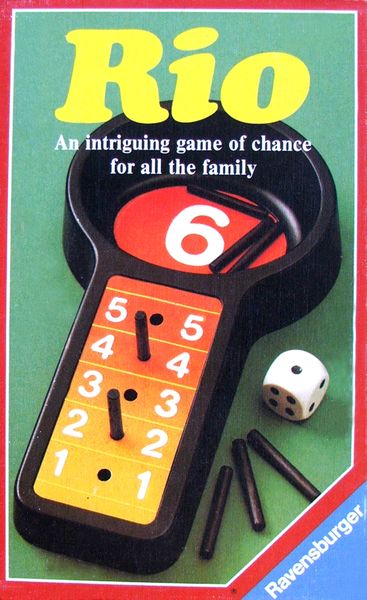Rio (1981) Board Game
Rio is a classic dice game that was first released in in 1981. Designed by Bernd Stäger, this game has stood the test of time and continues to be a popular choice for game nights.
Game Components of Rio
How To Setup Rio
To set up the game, each player receives an equal number of pegs. The cylindrical box with numbered holes is placed in the center. Players take turns rolling the die to determine which hole they can place their peg into.
Gameplay Mechanics and Game Objective
Mechanics:
Game Objective:
Player Experience
Rio offers a fun and challenging experience, requiring a mix of luck and dexterity. Players need to be precise in placing their pegs into the correct holes, making it a game that can be enjoyed by both children and adults. However, the simplicity of the game might make it less appealing to those seeking complex strategies.
Pros
Cons
Personal Thoughts on Rio
Rio is ideal for those looking for a quick, light-hearted game that requires some physical skill. It is a great option for family game nights or casual gatherings where players want something easy to understand but still engaging. However, for players who prefer games with deep strategies or complex mechanics, Rio might not be the best fit.
We are supported by our audience. When you purchase through links on our site, we may earn an affiliate commission, at no extra cost for you. Learn more.

